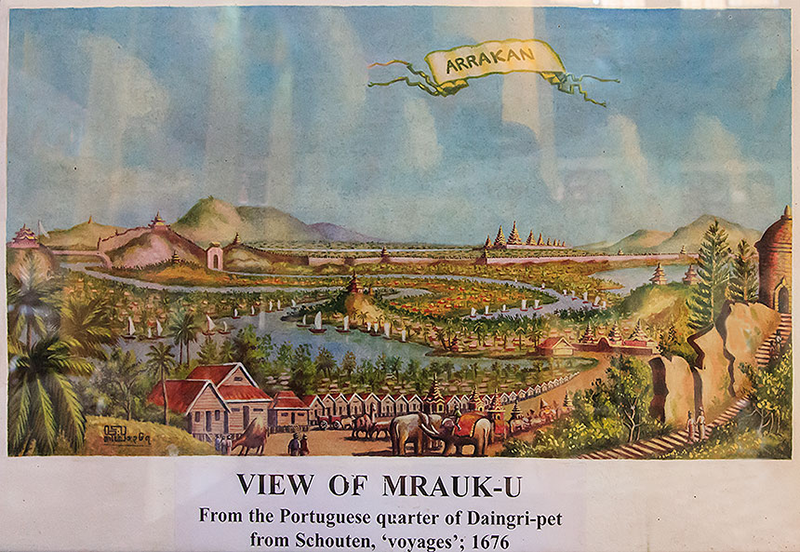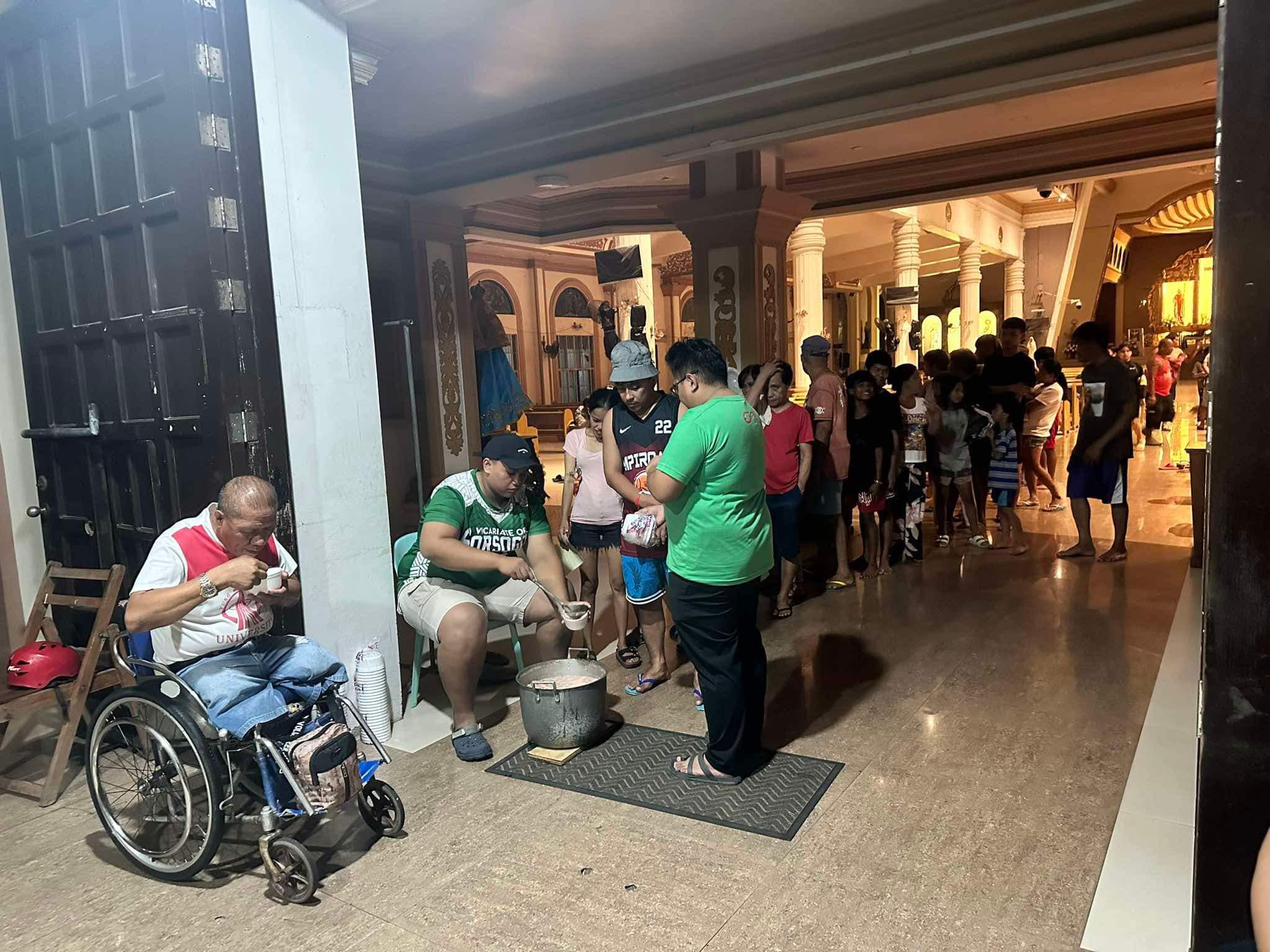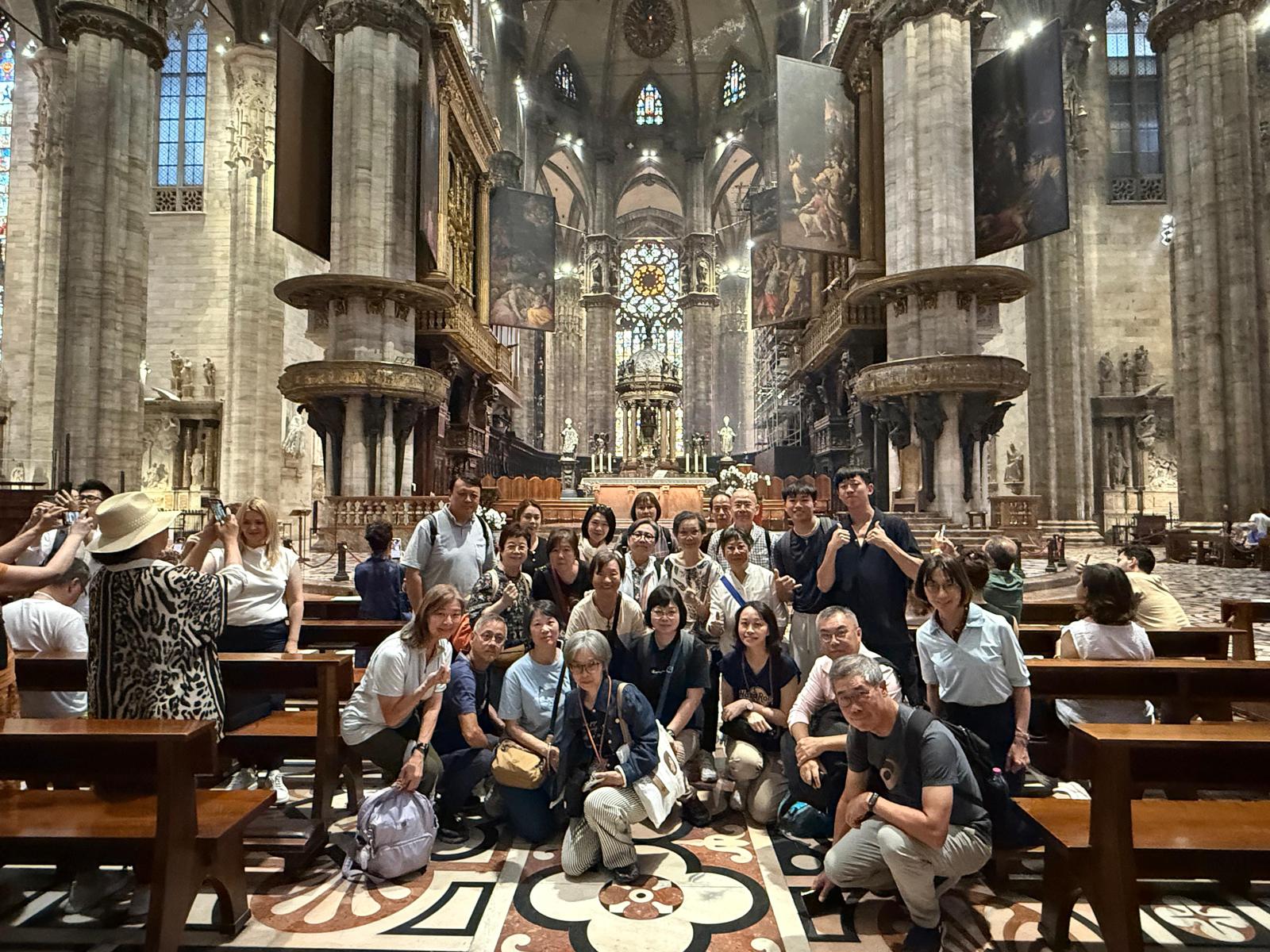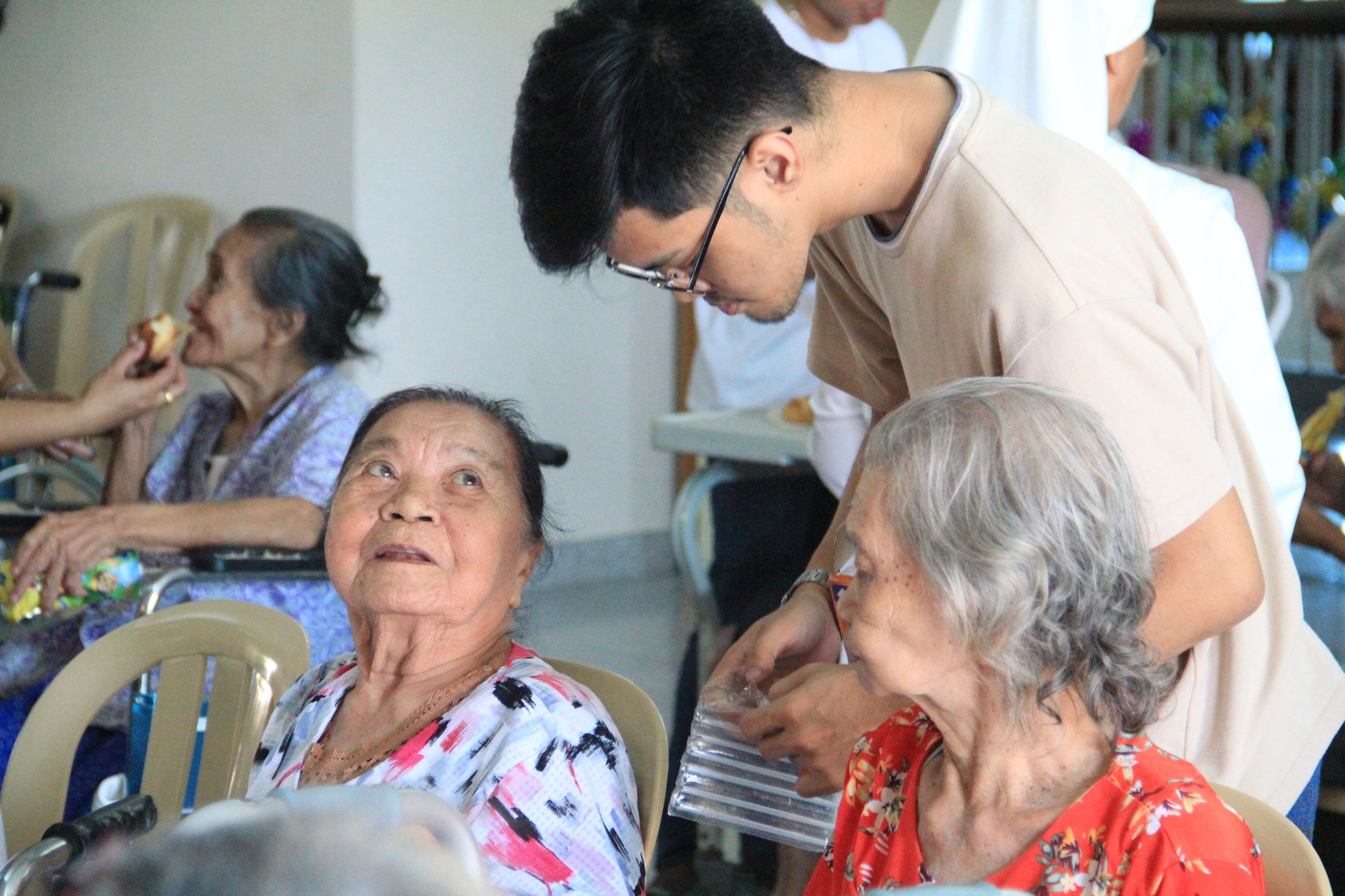Joaquim Magalhães de Castro
Before leaving the kingdom of Mrauk-U, Father João Cabral made an important discovery. Four years earlier he had been in Tibet and realized that its inhabitants were not Hindus, but had a religion of their own. He did not know what religion it was, but in Mrauk U he found that the images in the pagodas resembled those he had seen in Bhutan and Tibet. Also the monks’ robes were the same, changing only the color of the cloth.
A series of other similarities with which he was confronted led him to conclude, albeit erroneously, that the religion of Arracão was identical to that of Tibet. As is known, although both are Buddhist nations, Tibet follows the Vajrayana school while Arracão follows Theravada school, as it happens in Cambodia and Siam.
Although he was unable to make out the difference, Cabral would be the first European to correlate these two schools and to note that, in addition to Mohammedanism and Hinduism, there was a third religion in Asia.
Father João Cabral would leave the city of Mrauk-U for Goa in January 1633. He was just over thirty at the time. He was still young. Many other adventures and responsibilities would await him.
In Goa he would serve as rector of the Casa Professa dos Jesuítas before traveling to Malacca. The islands of present-day Indonesia would follow, Vietnam, Japan – where he was vice provincial, from 1645 to 1646 – and Macau, where he twice served as vice-rector of the São Paulo College. That period of his life would give another account of adventures that, for now, does not fit in the context of these chronicles.


 Follow
Follow


